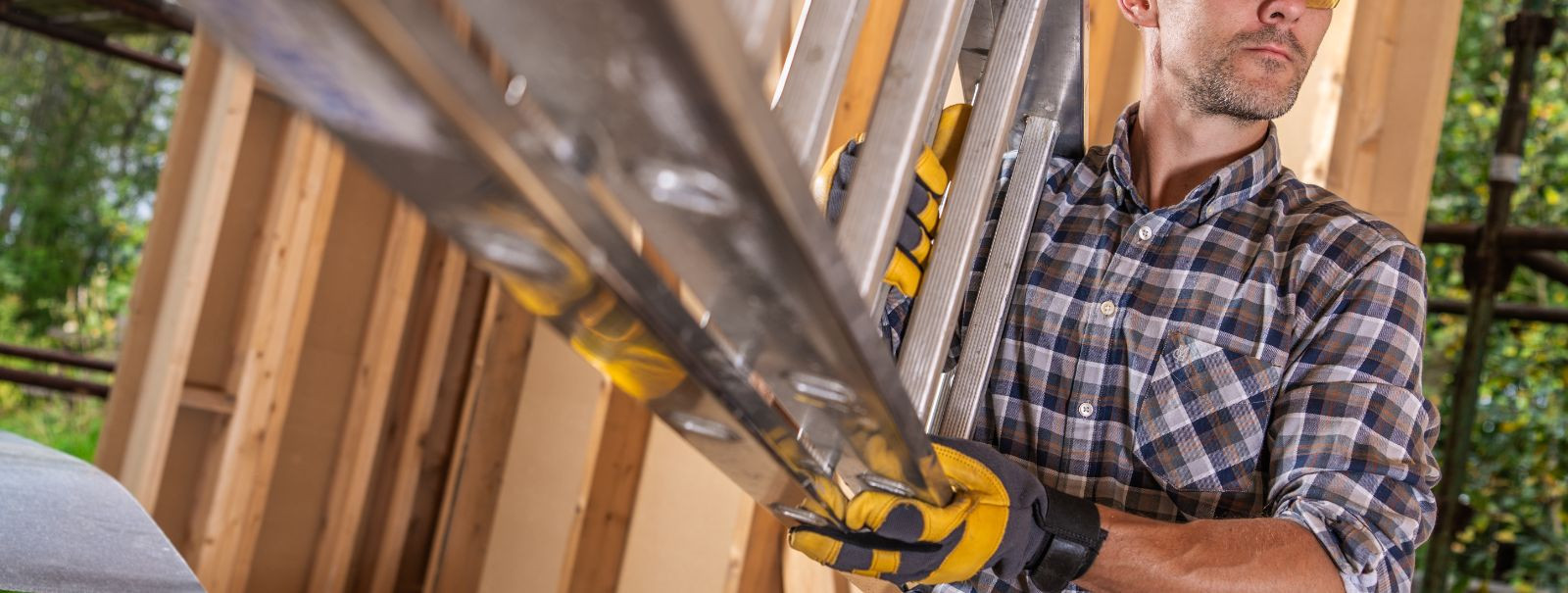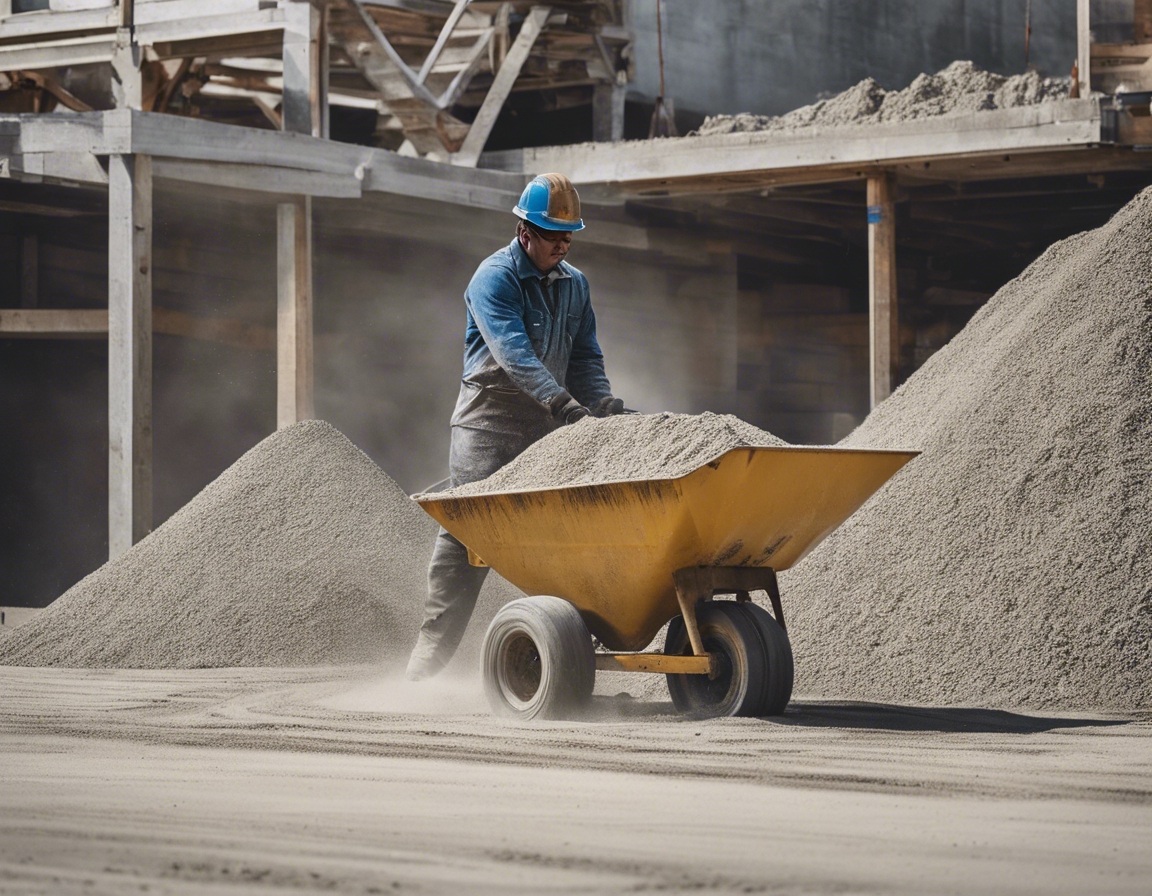5 trends shaping the future of construction
The construction industry is on the cusp of a new era, with innovative trends poised to revolutionize how we build. As a leader in the field, KIVESTON OÜ is at the forefront of adopting these trends to deliver superior construction services. Here's a look at the five key trends shaping the future of construction.
1. Sustainable and Green Building Practices
With a growing emphasis on environmental responsibility, the use of renewable materials and the pursuit of energy efficiency have become paramount in construction. Buildings are now designed with a focus on reducing carbon footprints, utilizing sustainable wood, recycled steel, and low-impact concrete.
Adherence to green certifications like LEED, BREEAM, or WELL is becoming a benchmark for quality construction. These standards ensure that buildings are not only environmentally friendly but also healthy for occupants.
Architects and engineers are pushing the boundaries with designs that incorporate natural light, green roofs, and living walls to create spaces that are both beautiful and sustainable.
2. Technological Advancements in Construction
BIM technology has revolutionized the planning and management of construction projects, allowing for more precise and efficient workflows.
The integration of automation and robotics in construction processes is improving accuracy and speed while reducing labor costs and safety risks.
3D printing and modular construction methods are streamlining the building process, enabling faster completion times and greater flexibility in design.
3. Enhanced Safety Protocols
Wearable technology such as smart helmets and exoskeletons are enhancing worker safety and productivity on construction sites.
Investment in training and education ensures that workers are up-to-date with the latest safety protocols and construction techniques.
Regulatory bodies are implementing stricter safety regulations to minimize accidents and promote a culture of safety within the industry.
4. Smart Buildings and IoT Integration
Smart buildings equipped with IoT devices can optimize energy consumption, reduce costs, and minimize environmental impact.
Automation in building operations ensures efficiency and reliability, from HVAC systems to security and lighting.
IoT integration is not just about efficiency; it's also about enhancing the comfort and experience of those who live and work in these spaces.
5. New Materials and Construction Methods
The development of composite materials and the application of nanotechnology are leading to stronger, lighter, and more durable construction materials.
Innovations like self-healing concrete and responsive materials are extending the lifespan of structures and reducing maintenance costs.
Construction methods are evolving to be more adaptive, allowing buildings to better withstand natural disasters and changing environmental conditions.





Comments (0)